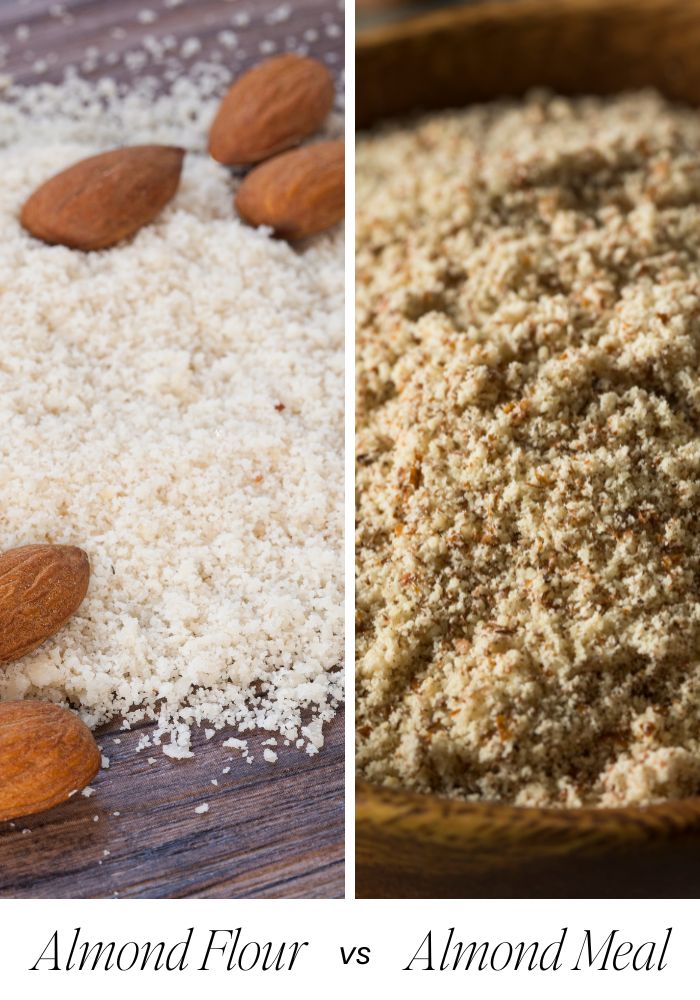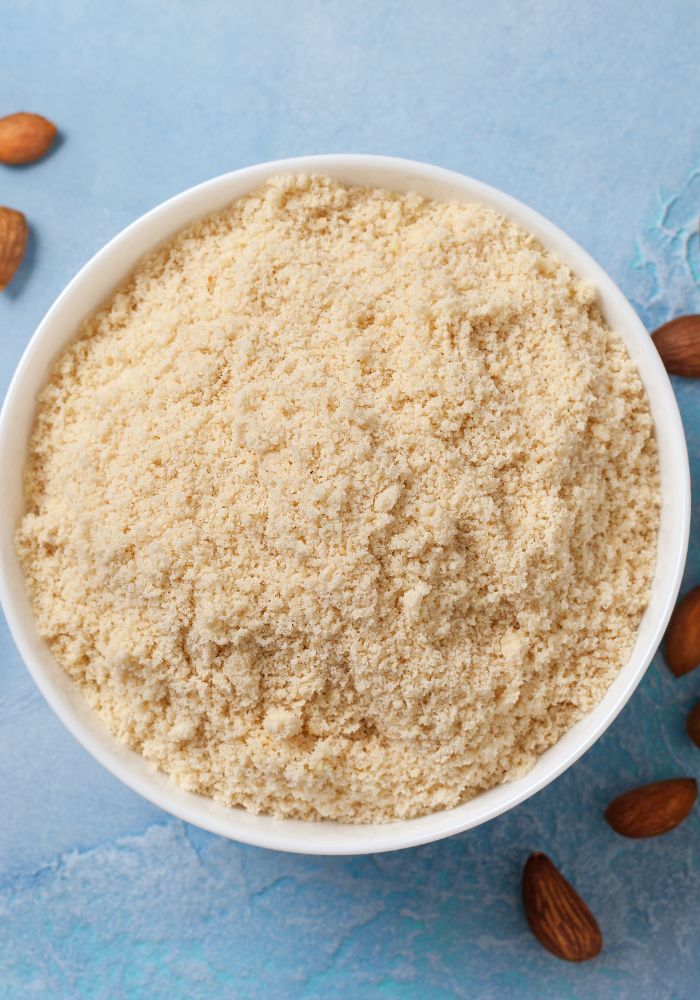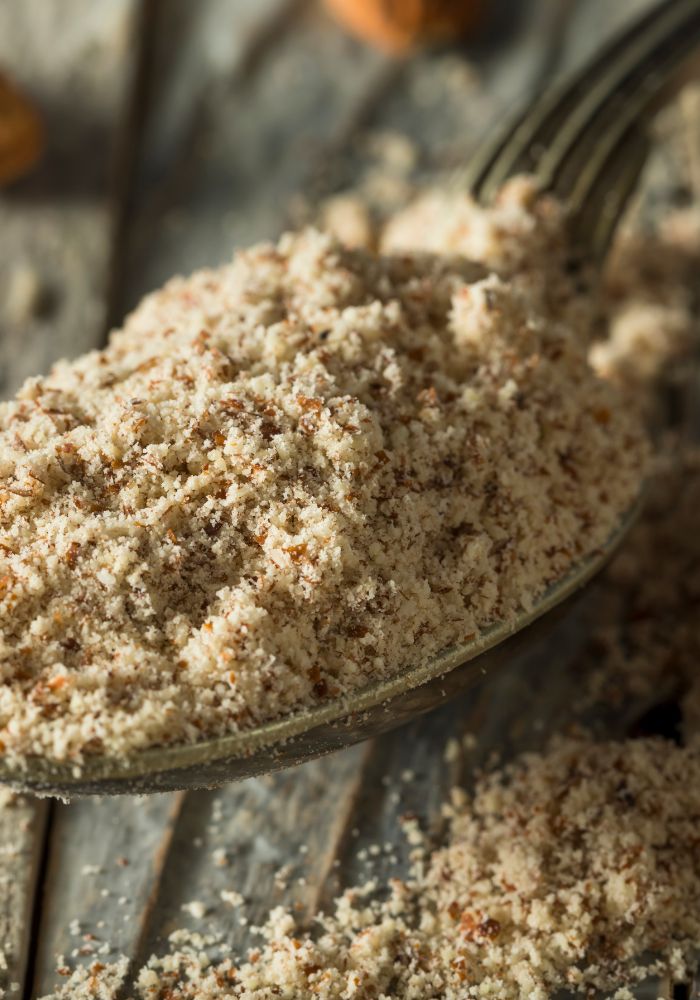Almond Flour vs Almond Meal: What’s the Difference?


If you’ve ever found yourself wondering if almond flour and almond meal are the same thing, then you’ve come to the right place!
I’ve been baking with almond flour for over a decade, and I can tell you that almond flour and almond meal are not the same thing.
The key difference between almond flour and almond meal is their consistency. Almond meal is finer, while almond meal is courser (read the details below). When making any recipe, do not use them interchangeably unless the recipe indicates it’s okay to do so.
Almond flour and almond meal both have distinct characteristics. In this article, we’ll break down the differences between almond flour and almond meal to help you better understand how to use them in your cooking and baking.
Almond Flour

Almond flour is made from blanched almonds that have had their skins removed.
The almonds are finely ground into a powder-like consistency, resulting in a light and fluffy texture. Because it is made from blanched almonds (aka almonds with skins removed), almond flour has a more uniform color and a mild, slightly sweeter flavor.
One of the key benefits of using almond flour is its versatility. While almond flour cannot always be used as a 1:1 substitute for regular flour, it can be used as a gluten-free alternative to traditional wheat flour in a variety of recipes, including cakes, cookies, breads, and pancakes.
Almond flour adds moisture and richness to baked goods while also providing a subtle nutty flavor.
Here are my favorite almond flour recipes:
Almond Meal


Almond meal, on the other hand, is made from almonds that still have their skins intact, so it is courser in texture than almond flour.
The almonds are ground into a coarser texture than almond flour, resulting in a slightly grainy consistency. Almond meal has a darker color and a more pronounced nutty flavor due to the presence of the skins.
Because of its coarser texture, almond meal is often used in recipes where a denser texture is desired. It works well in recipes for crusts, coatings for meats or vegetables, and as an ingredient in energy bars or granola.
I personally don’t use almond meal in my recipes to keep things simple. I keep almond flour in my pantry, and don’t think it’s necessary to keep them both on hand.
How to Use Them
It’s best to always make recipes as-written, as that’s how the author has tested it.
If a recipe calls for almond flour, use almond flour, not almond meal, and vice versa.
When it comes to using almond flour or almond meal in your recipes, it’s important to consider their different textures and flavors.
Opt for almond flour if you’re experimenting and looking for a lighter texture with a milder flavor. On the other hand, if you prefer a denser texture with a stronger nutty flavor, almond meal is the way to go.
Both almond flour and almond meal can occasionally be used as substitutes for traditional flours in gluten-free recipes. However, it’s worth noting that because of their different textures, they may not always produce the exact same results. Almond flour is heavier than milled wheat and grain flour, so it won’t always give you the same results. It may require some experimentation and adjustment to get the desired outcome.
In general, I use almond flour when developing gluten-free or low-carb recipes because it’s easier to come by.
You can learn more about substituting flour in my Flour Substitution Guide here.




